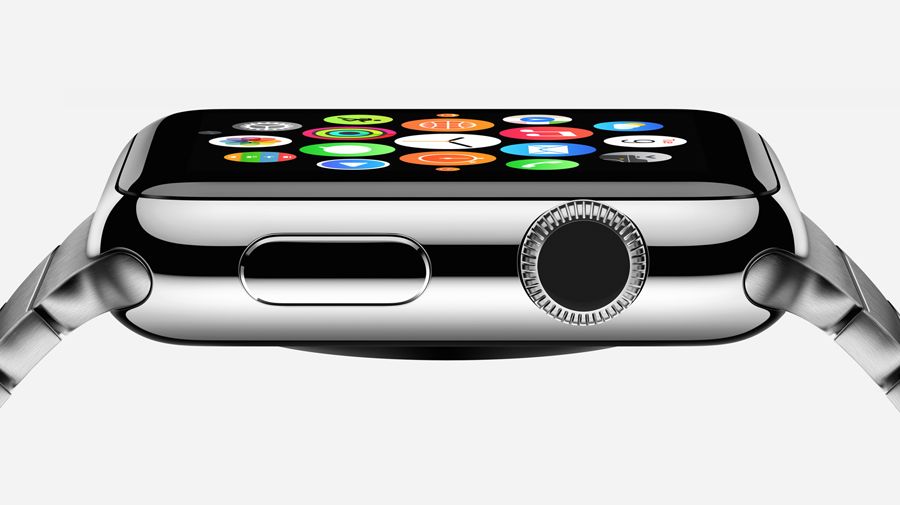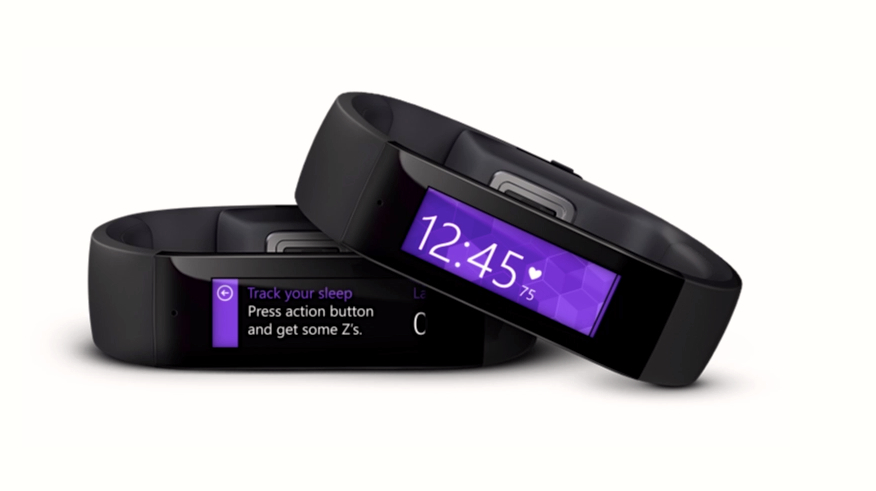The Apple Watch and wearables revolution: a boon or danger to your business?
Will wearables help or hinder your business?

With the imminent arrival of the Apple Watch and several manufacturers outing their devices based on rival Google's Android Wear, you would think that it wouldn't be too much longer before we are all sporting a smart device on our wrists.
But GlobalWebIndex's Q4 Device report found that as yet only one in ten internet users aged 16-64 own a smartwatch, with 7% owning a smart wristband. However, those who say they have responsibility for purchasing IT products for their companies (17% of internet users) post much higher figures – one fifth have a smartwatch and 16% a smart wristband, suggesting these wearables enthusiasts may act as advocates within their businesses.
Recent research by ABI Research has found that over the next five years, 13 million wearable devices embedded with wireless connectivity will be integrated into wellness plans offered by businesses.
The figures suggest a beachhead is to be found inside the business. But along with tablets, smartphones and the explosion of Bring Your Own Device, will the latest smartwatch trend be a help or a hindrance to businesses, and what role can IT expect to play in implementing and supporting a smartwatch strategy within the organisation?
Watching what goes on in business
Bringing things back to basics – what role could wearables play within the business?
"Wearables, particularly in the fitness space, can give companies an easy, compelling way to promote healthy behaviours, get employees more active, and to potentially reduce the cost of care for employees," says Gareth Jones, EMEA vice president at Fitbit.
Clare Flynn Levy, founder and CEO of Essentia Analytics, says that wearables, among other data sources, could help professional investors understand how they can optimise their investment decision-making.
Are you a pro? Subscribe to our newsletter
Sign up to the TechRadar Pro newsletter to get all the top news, opinion, features and guidance your business needs to succeed!
"We're particularly interested in how sleep and stress levels impact trading behaviour," she says. "We can take as much or as little information as a person or company is willing to provide, and with this data show the wearer if he or she makes better investment decisions after exercise or after a good night's sleep."
"If you knew you'd make 20% more money by going to bed an hour earlier each night, you probably would. Wearable technology has the potential to unlock this user-specific information and help us to work more efficiently and maximise our return on energy expended," she adds.
Levy predicts that in the near future we'll see wearables used more and more in everyday life, and this will impact the workplace, whether employers are ready for it or not. "The shrewd move is to be flexible: embrace the change and let employees bring in the technology they think will help them work better and smarter."

Problems ahead
But John Culkin, director of Information Management at Crown Records Management, sees problems with health tracking and the data it collects.
"What if that data fell into the wrong hands? Information about how your heartbeat changes in reaction to an event could be sensitive. Perhaps, too, a politician or celebrity's health information would be of interest to those wishing to publish it, or even to a blackmailer," he says.
He says that all these devices – and the data they produce – would have to be controlled, deleted and even destroyed effectively to make it completely safe within the work environment.
Culkin says wearable technology could allow organisations to track staff and ensure they are where they should be – perhaps through beacon technology or through checking which Wi-Fi router they are connected to. "This has significant implications for data security and for personal freedoms too," he notes.
Putting a strategy in place
With that in mind, what can the IT organisation do to help deliver a practical wearables strategy in the workplace?
Alessandro Porro, vice president of International at Ipswitch, says IT needs to dust off their network usage, security and BYOD policies and review infrastructure to get ready for the arrival of wearables.